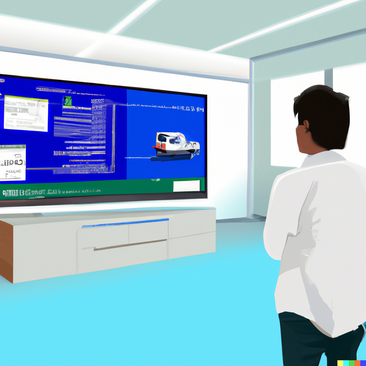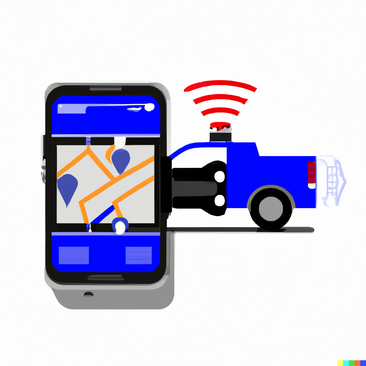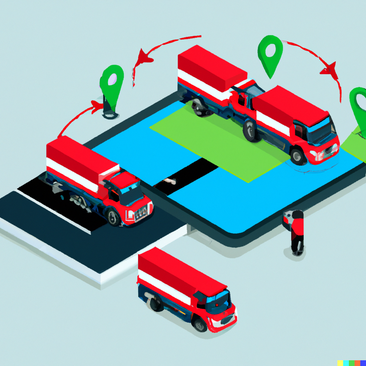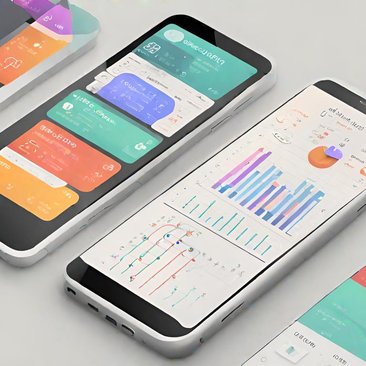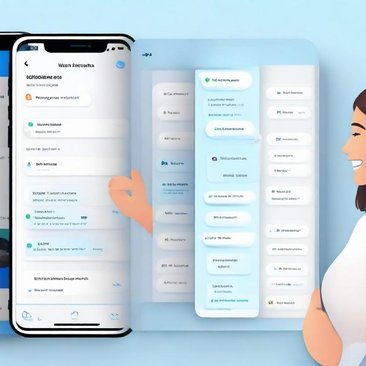Technology Goals
Agile is a project management and software development methodology that emphasizes flexibility, collaboration, and iterative progress. By breaking projects into smaller, manageable tasks, Agile encourages continuous improvement and allows teams to adapt to changing requirements quickly. The Agile methodology is focused on delivering high-value features to customers incrementally rather than waiting for a complete product launch.
Two of the most popular frameworks within Agile are Scrum and Kanban. Scrum focuses on structured sprints—time-boxed iterations of work where teams commit to a set of deliverables. Scrum meetings, such as daily standups, sprint planning, and retrospectives, ensure that teams stay aligned and address any challenges in real-time. Kanban, on the other hand, is a visual approach that manages workflow through a Kanban board, helping teams limit work in progress and optimize task completion.
In our projects, Agile, supported by Scrum and Kanban, enables us to deliver software incrementally, ensuring constant client feedback and improving project outcomes. This methodology allows us to manage risks, stay flexible to new requirements, and enhance team collaboration.
Strengths of Agile (Scrum / Kanban) in Our Projects
Agile’s greatest strength lies in its adaptability. By promoting iterative development, Agile allows teams to make incremental progress and adapt to evolving client needs, reducing the risk of delivering irrelevant or outdated features. Scrum enhances this by setting clear goals for each sprint, ensuring teams remain focused on delivering specific outcomes within a set timeframe. Kanban, with its emphasis on visualizing workflow, enables real-time adjustments to workloads and fosters better communication among team members.
Both Scrum and Kanban provide transparency into the development process. Scrum’s daily standups and retrospectives allow teams to identify blockers quickly, while Kanban's visual board ensures that tasks are clearly defined, tracked, and managed efficiently. These frameworks ensure that teams stay productive, aligned, and responsive to changing priorities.
Comparison with Other Methodologies
Compared to traditional project management approaches like Waterfall, Agile is far more flexible and client-focused. Waterfall requires each project phase to be completed before moving on to the next, which can lead to long development cycles and less opportunity to incorporate feedback. Agile, on the other hand, encourages ongoing collaboration and incremental improvements, which ensures continuous delivery of value to the customer.
While both Scrum and Kanban fall under the Agile umbrella, they serve different project needs. Scrum is more suited to projects that benefit from structured sprints and defined roles, while Kanban is more flexible and ideal for teams seeking a less rigid workflow and continuous delivery.
Real-world Applications in Client Projects
- Custom Software Development: For a SaaS platform, we used Scrum to organize development sprints, ensuring consistent delivery of new features every two weeks. Regular retrospectives allowed us to adjust priorities based on client feedback, ensuring a more responsive and user-focused product.
- Support and Maintenance: We applied Kanban to manage ongoing maintenance tasks for a financial services platform, allowing the team to visualize workflows, track issues, and ensure swift resolution of bugs and updates without disrupting larger feature developments.
- E-commerce Development: For an e-commerce site, we combined Scrum and Kanban to manage both new feature development and continuous system maintenance. Scrum was used to structure major feature releases, while Kanban ensured smooth operation and rapid response to real-time issues.
Client Benefits and Feedback
Agile has provided our clients with greater transparency and faster turnaround times. One client in the SaaS industry saw a 30% reduction in development time due to Agile’s iterative approach, which allowed them to release features continuously and gather user feedback in real-time. Another client in e-commerce reported increased team efficiency by using Kanban to manage workflows, resulting in fewer bottlenecks and improved time-to-market.
By focusing on client collaboration and iterative delivery, Agile, along with Scrum and Kanban, has empowered our teams to meet client expectations more effectively and adapt quickly to changing project requirements.
Conclusion
Agile, supported by Scrum and Kanban, is an essential methodology for managing software development projects that require flexibility, continuous feedback, and iterative delivery. Its ability to promote collaboration, improve team efficiency, and adapt to evolving client needs makes it a fundamental approach for delivering high-quality software solutions.


